People often confuse between a portable generator and portable power stations. Even if they sound similar on the first go, they are not the same, and definitely perform different functions. A portable generator is a machine the converts different types of energies into electric energy, while a portable power station is a rechargeable battery-driven source of power that is big enough to power your house or a campsite.
Now, let’s look at both of them separately, and in detail.
Table of Contents
What Is a Portable Power Generator?
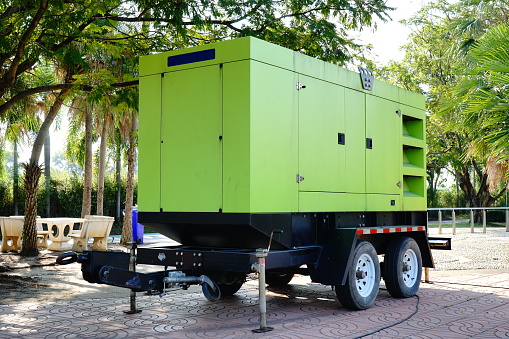
Portable gas generators are devices that convert different kinds of energies from different power sources into electric energy. These generators are driven by either water or a steam turbine, a diesel engine, and other supporting machinery to convert energy that can be generated by various sources including water flow, gas flow, fuel combustion, or even nuclear fission. This mechanical energy is transmitted to the inverter generator to be converted into electric energy, which makes them truly useful during an event like a power outage.
They can provide a wide range of output ranging from 1000 watts to more than 20,000 watts. Their maximum output is limited mainly because of the displacement of the engine. But the more the output, the bigger it will be, will consume more fuel, create more noise, and have far less portability. One of the most powerful portable generators that produce more than 10 kW energy is portable only for the sake of it and often requires wheeled carts to move around.
Advantages of a Portable Power Generator
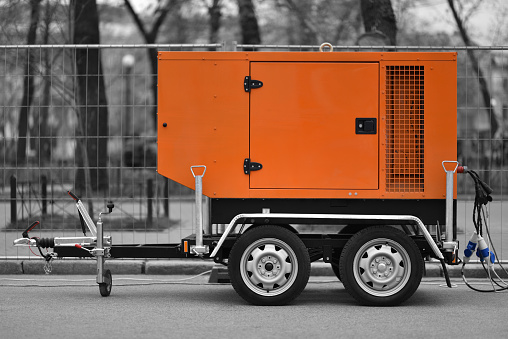
The control panel of a portable power generator has the capability of including several outlets and features including 15-, 20-, 30-, or 50-amp sockets. This is where they provide energy from. And they do it by burning fuel stored in the fuel tank that can be refueled as the generator consumes the fuel. This allows your portable gas generator to work continuously without having to give any break to your power supply.
They are capable of providing enough power output to light up your homes and RVs including small appliances like a mini-fridge, mini cooler, car charger and other such electronics, although you might have to install additional connections. Some generators also come with certain features that allow you to connect USB ports, CO detectors, digital panels, or even an app. Most portable generators provide at least one standard household outlet, while many also provide a 240 V output for certain appliances.
Disadvantages of a Portable Generator
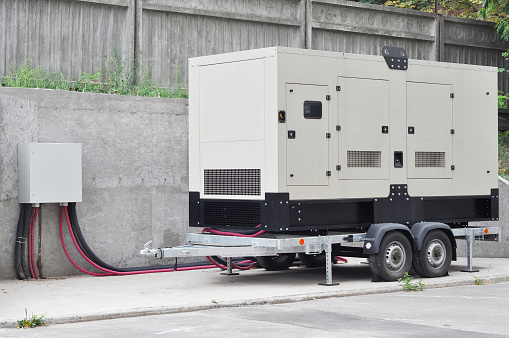
Portable generators are an efficient source of power, but they do have some limitations. While they provide AC current, it is rather risky to attach sensitive electronics like cell phones or laptops to them. This is not advisable unless your portable generator is an inverter generator or you have a transfer switch installed.
Secondly, most portable generators are powered by fuel, which means that are quite noisy, and require to you carefully handle combustible fuel in large quantities, which can be a fire hazard. The use of highly combustible fuels can be dangerous, especially if you are refilling the fuel tank while the generator is still working. In addition to that, the generator produces CO, which is a harmful gas if exposed for an extended period of time, or if the generator is used indoors.
What is a Portable Power Station?
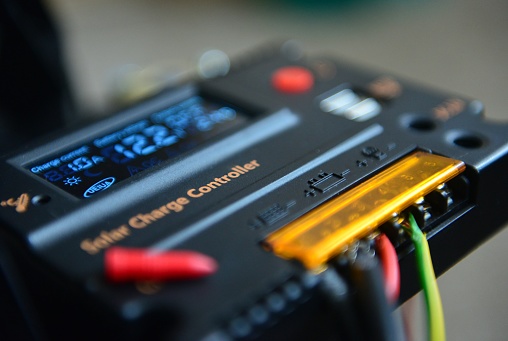
Portable power stations, also known as battery-powered inverter generators or gasless generators, are a rechargeable battery-driven source of electric power that is big enough to power your house or your RV on camping trips. They have a combination of household AC outlets and USB outlets for connecting other devices to be powered. One of the main benefits of these power sources is that they provide high power along with portability. They usually provide energy till about 1000 W. However, there are variants that provide much higher power, but their portability is a lot less making them not xo.
The best portable power stations are extremely handy for usage in remote areas during power outages or on campsites as they are portable and easy to move. The downside, however, is that their maximum battery capacity is directly proportionate to their power in Watt Hours. That is, a 1000 W battery power station will store 1000 Watt Hours and will provide its maximum battery power for one hour. Hence, they do not prove to be an effective tool for backup power during extended power outages.
Advantages of a Portable Power Station
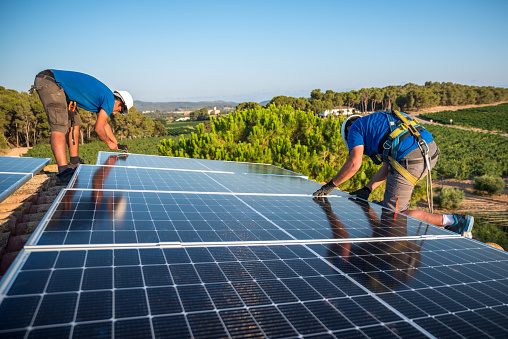
Most portable power stations also feed their power through a control panel that usually features a range of outlets. They also have inlets in multiples giving the user a lot of useful options. The inlet is, however, provided to distinguish between the high amp and low amp charging. This makes it possible to charge portable power stations to be charged from a variety of high-power sources including household high amps or solar panels.
They excel in safety parameters. Since they run on a battery and there is no machine or moving parts used, they are very quiet. They don’t use any kind of combustible fuel, which means that they don’t produce any Carbon Monoxide and there is no fire hazard either. They convert the battery’s DC current into AC current, and so, they are quite safe for all kinds of electronic equipment and appliances.
Disadvantages of a Portable Power Station
Even though portable power stations are quite efficient and produce enough power to provide electricity to a range of devices, they are not as powerful as portable generators. Another downside of portable power stations is that their run time is limited as they are operated by a battery. So, if the battery runs dry, then you will need an alternate power source to recharge the battery for the power station to start again. This means that you cannot use them for too long in an area where there is no availability of a power grid.
The DC output of a portable power station is mostly limited to 5 V and 12 V. Finding a power station that provides 240 V output can be a challenging task. So, you can use limited kinds of devices.
CLICK HERE TO VIEW OUR USED GENERATOR INVENTORY
Key Differences Between Portable Generators and Portable Power Stations
Although portable generators and portable power stations have corresponding features, they can’t replace one another. This is because of the following key differences –
| Attribute | Portable Generator | Portable Power Station |
| Power Generation | Creates Electric Power | Stores Electric Power |
| Fire Hazard | Yes | No |
| Noise Emission | Yes | No |
| CO Emission | Yes | No |
| Usage | Outdoor Only | Indoor and Outdoor |
| Power Output | High | Low |
| Runtime | Indefinite (if fuel is available) | Limited number of hours |
| Maintenance | Required | Not Required |
| Weight | Extremely Heavy | Relatively Lightweight |
| Appliances | Unsuitable for sensitive electronics, unless inverter supported | Suitable for all electronics |
It is our sincere hope that this detailed distinction has not only informed you about the key differences between portable generators and portable power stations but also equipped you with the necessary knowledge to help you make an informed decision. In case you still need any assistance with the same, or simply want to go ahead and purchase a diesel generator you know who to contact – the one and only destination for the best deals on diesel and natural gas generators – Swift Equipment.
Frequently Asked Questions About Portable Generators and Portable Power Stations
What is the source of energy in portable generators?
Portable generators make use of a diesel or a gas powered engine to generate electrical power. The generator unit is equipped with power outlets to facilitate the plugging in of extension cords, which can then be used to run appliances and other electrical devices.
How long can a portable generator run continuously?
Ideally, a generator can work as long as it has ample fuel. In case you keep topping up the fuel, you should have no trouble in ensuring that your generator powers your facility for an exceptionally long time.
What are portable power stations used for?
Portable power stations, often described as battery-powered generators, are facilitated with an AC outlet, DC carport as well as USB charging ports, thereby ensuring that you can power a wide range of electronic devices and simple home appliances.
How long does a portable power station last?
More often than not, portable power stations can last anywhere between 2 to 12 hours, depending on their battery capacity as well as the number of electronics being powered by the power station. However, one must know that it may take several hours to charge a portable power station before it can be put to use again.
What is the primary difference between portable generators and portable power stations?
The key difference in these devices lies in their power generation mechanisms. Portable generators rely on internal combustion engines running on fuel, such as gasoline or diesel, to produce electricity.
On the other hand, portable power stations, also known as battery power stations, use advanced lithium-ion battery technology to store and supply electricity, eliminating the need for fuel and emissions.
Are portable power stations well suited for remote job sites?
Yes. Portable power stations are particularly well-suited for remote job sites or off-grid locations since they are powerful and can provide noiseless, emission-free output. They can be charged using solar panels or other renewable energy sources, making them ideal for use in remote locations.
What are the maintenance requirements for portable generators and portable power stations?
Portable generators require regular maintenance, including oil changes, spark plug replacements, and fuel refills. Fuel stabilizers may also be necessary for storage.
In contrast, portable power stations have minimal maintenance needs, mainly focused on keeping the battery in good condition and ensuring proper charging and storage practices.
What is more cost-effective – portable generators or portable power stations?
Due to advanced battery technology, portable power stations tend to have higher upfront costs. However, they make up for this by offering lower operating costs as they don’t require fuel and have fewer maintenance requirements.
Portable generators, on the other hand, have a smaller upfront cost but incur ongoing fuel and maintenance expenses, which are constantly increasing given the rising fuel prices.
Which option offers ease of transportation – portable generators or portable power stations?
Both portable generators and portable power stations are designed for portability. However, portable power stations are generally lighter and more compact since they don’t require bulky fuel tanks or engines. This makes them easier to transport and maneuver, ideal for businesses with frequent travel or outdoor activities.


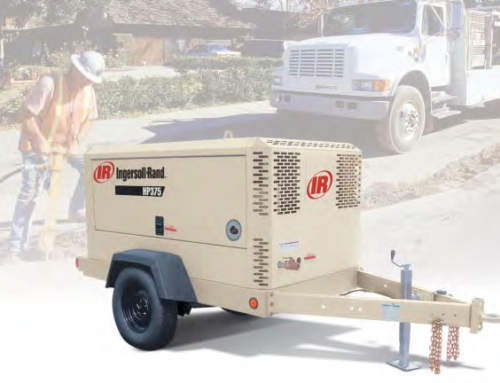
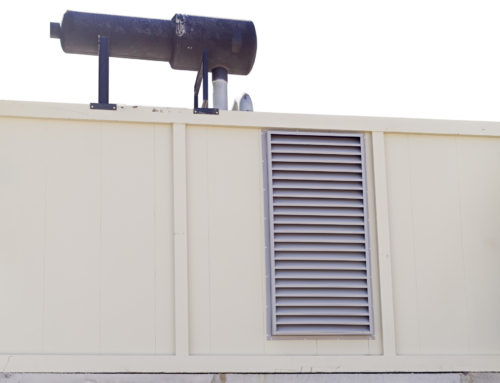
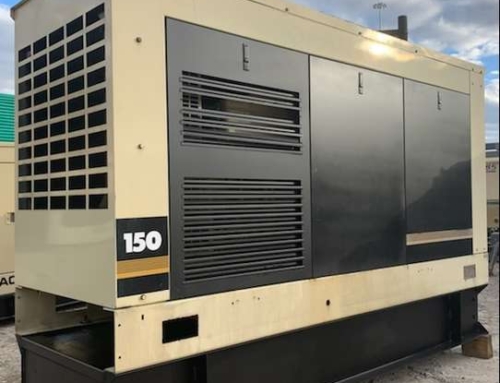
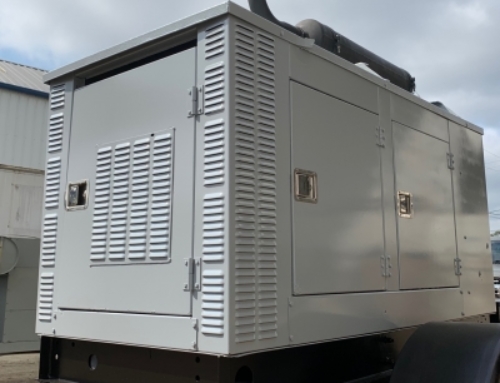
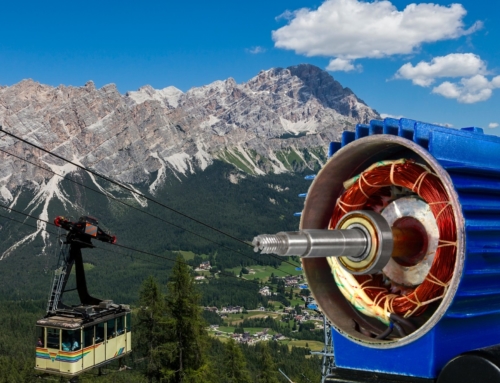
Leave A Comment